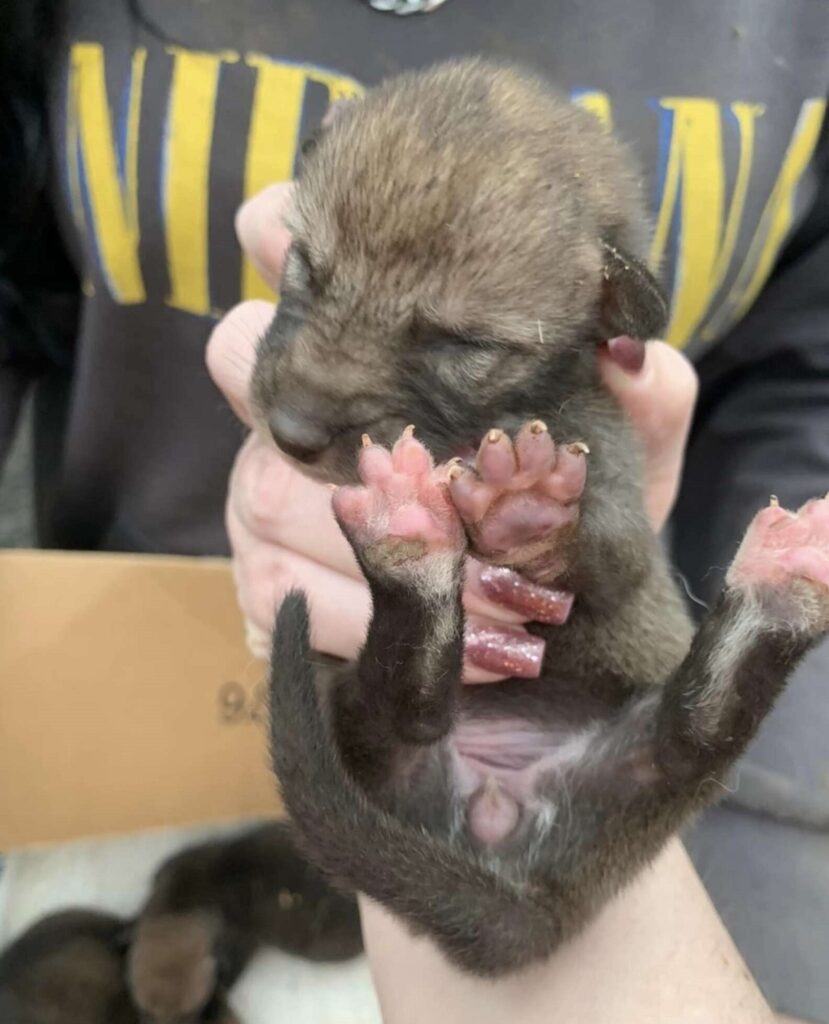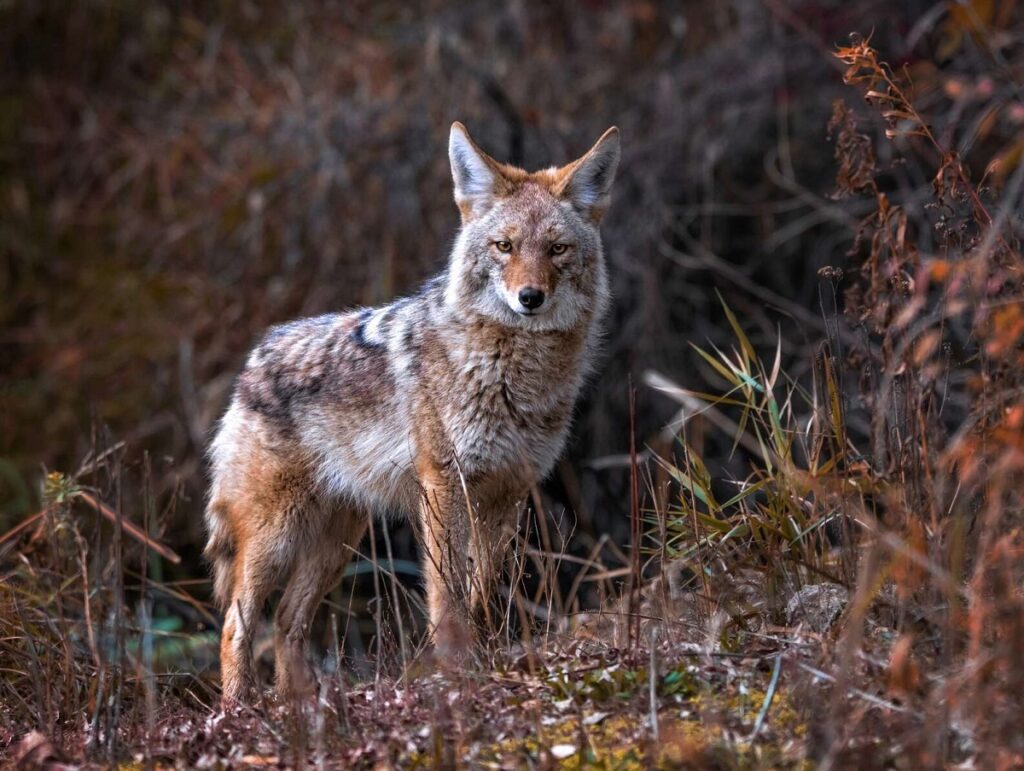In the heart of suburban tranquility, where evenings are typically spent enjoying family time or catching the latest hit single, an unexpected adventure unfolded for Jessie Tussing and her teenage daughters. What began as a routine rescue mission soon turned into a wild encounter that none of them could have anticipated.
A Nighttime Rescue Mission

Jessie Tussing, the dedicated foster and rescue coordinator for Heartland Humane Society, isn’t one to rush into after-hours rescues. However, one Friday evening changed that. She received an urgent call about a group of abandoned puppies hiding beneath a barn. Without hesitation, Jessie loaded her daughters into the car and sped off to the remote location, flashlight in hand.
Navigating through the dark, creaky barn with her two teenage daughters by her side, Jessie felt a surge of determination. “We had to make sure those little ones were safe,” she recalls. After carefully removing a floorboard with the homeowner’s permission, Jessie finally spotted the tiny furballs they had come to save.
An Unexpected Discovery
As the family brought the so-called puppies into the fading daylight, something didn’t quite add up. Jessie couldn’t shake the feeling that these pups looked a bit… different. “I was running through my brain trying to remember what breed of puppy had that coloring,” Jessie shared. The distinct markings and physical features didn’t match any of the breeds she was familiar with.
Determined to get to the bottom of the mystery, one of Jessie’s daughters turned to Google for answers. After a few moments of intense searching, the truth became clear. “She just started running down the list of species that she knew lived in the area, and after foxes and raccoons were ruled out, she looked up coyote pups and went, ‘Oh my God, Mom!’” Jessie explains.
Realizing They Were Baby Coyotes

The realization that they had stumbled upon a pack of baby coyotes instead of puppies was both surprising and enlightening. Jessie and her daughters knew they had to act responsibly. Consulting with an experienced wildlife rehabber and adhering to the local wildlife center’s policies, Jessie made the tough decision to return the coyotes to their natural habitat.
Respecting Wildlife Boundaries
Upon closer inspection, Jessie noticed the little ones had full bellies, indicating their mother had fed them recently. This sign reassured her that the mother coyote was nearby, likely waiting to reunite with her babies. “I told my girls, ‘We have to put them back,’” Jessie emphasizes. “These are not pets.”
The homeowner, initially worried about the rescue, was understanding upon hearing about the mix-up. He agreed to keep his distance from the barn, allowing the coyote family the space they needed to thrive in the wild.
A Heartwarming Conclusion
Though the rescue didn’t go as planned, Jessie feels a deep sense of satisfaction knowing she did the right thing. “I’m glad we could straighten everything out and ensure that this little family stays where they belong,” she says. The experience served as a powerful reminder of the delicate balance between human compassion and respecting wildlife boundaries.
Sharing the Story
Jessie’s story quickly resonated with animal lovers and wildlife enthusiasts alike. It highlights the importance of proper identification and the need to understand the behaviors of different species. Organizations like the American Wildlife Rehabilitation Center (AWRC) commend Jessie for her thoughtful approach and adherence to best practices in wildlife rescue.
Engaging the Community
Have you ever found yourself in a situation where things weren’t quite what they seemed? Share your stories in the comments below! Whether it’s a wildlife encounter or a surprising twist in your daily life, we’d love to hear how you handled it. Let’s celebrate the unexpected moments that teach us to be more observant and respectful of the natural world around us.






